
Pages in this Folder:

Related Folders:
See also Department Site Map
This website was developed in 2001 thanks to a grant from the Toronto Parks and Trees Foundation.
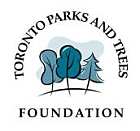
Notice: This web site is an information post and a forum for the community that uses the park, and to some degree for the surrounding neighbourhood. The editor of the web site reserves the right to post parts or all of any letters sent to the web site. If you do not want your letter posted, please let us know when you e-mail us, and we won't post it.
Comments?
For the basics, see
- Website & Privacy Policies
- How To Get Involved
- The Role of the Park
Search options:
Department Site Map
Custodians:
Wild (mostly edible or medicinal) plants that grow in Dufferin Grove Park
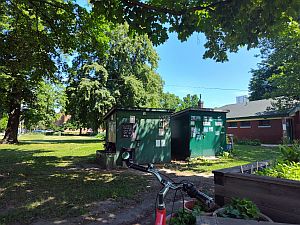
garden sheds, July 2025
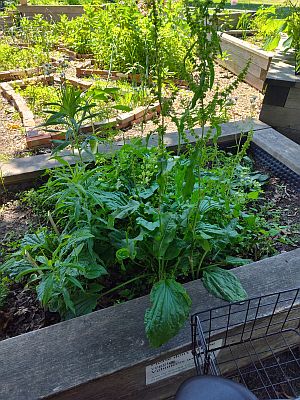
June 2025: wild self-seeded plants test strip
The circle garden near the field house has eight raised beds. One has a test strip to show the main self-seeded plants that inhabit the park.
The list:
- lady's thumb (persicaria maculosa) edible green
- chickweed (stellaria media) edible green
- fleabane (erigeron) edible green
- curly dock (rumex crispus) edible green
- shepherd's purse (capsella bursis-pastoris) edible green
- lamb's quarters (chenopodium album edible green and seeds, very common
- wood sorrel (oxalis) edible green
- broadleaf plantain (plantago major) edible green
- goldenrod (solidago) has been called the single most important plant for North American pollinator biodiversity. Young leaves are an edible green.
- creeping purple bell flower (campanula rapunculoides) roots, shoots, leaves and flowers are all edible
more edible weeds
broad-leaved plantain (this link also includes info about dandelion, purslane, lamb's quarters, and nettles)
black medic: Like other members of the legume family, black medic has a symbiotic relationship with Rhizobium bacteria that form nodules on the roots and fix atmospheric nitrogen. Some of this nitrogen is utilized by the growing plant but some can also be used by other plants growing nearby.
1405 Chinese Herbal about plantain
Early fall garden photos, 2021

Plants in and around the Indigenous Garden beds, July 2025
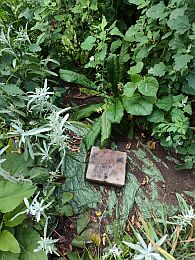
sage and tobacco: outside of the box
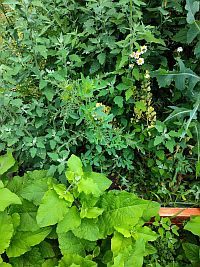
a mix of non-native plants inside the boxes
Some of the wild plants that came to the Indigenous garden beds on their own:
- burdock - "gobo" food plant in Asia, pollinator, inspiration for velcro
common thistle -- (an important pollinator)
shepherd's purse -- cultivated as a commercial food crop in Asia
lamb's quarters -- used as a food plant worldwide; amaranth family and related to quinoa
- sow thistle edible and medicinal plant, not related to the common thistle
- vetch -- under cultivation for at least 9,500 years, contributes to soil fertility as other legumes do


 Printer friendly version
Printer friendly version